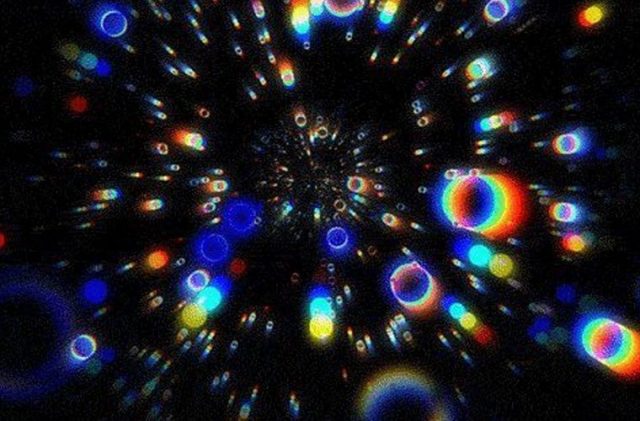If I’m being totally honest, this reading was not the most exciting for me, and I have been struggling a lot to find a part of it I’m passionate enough to write a blog post about. However, I did find a strike of inspiration from an Instagram post I saw the other day about how the importance of photojournalism in preserving history is wildly under-appreciated.
When I think of photography, I mostly think of it as an artistic field. I often forget the importance of photography in other, perhaps more technical disciplines. The way this reading focused a lot on the use of early photography in scientific fields reminded me of that again. This makes photography much more interesting to me (I’m not that interested in it as a form of artistic expression).
Here is an incredible video where the owner of a pawn shop was given an album of photos from the Nanjing Massacre (TW: rape, murder), a historical event with only a handful of known photographic evidence, resulting in widespread denial of the event at all. Basically, this discovery is so massive that a lot of people are worried for this man’s safety! The power of photography is seen right here.
@pawn.man PLEASE HELP ME #nankingmassacre #historicalphotos #worldwar2 #pawnman #museumtreasure

